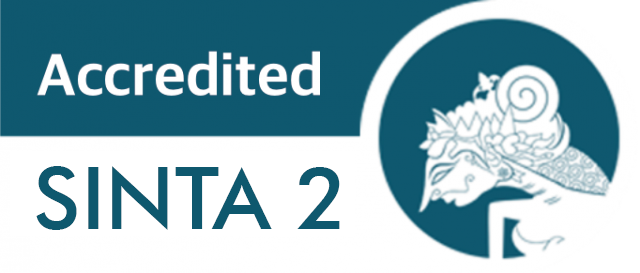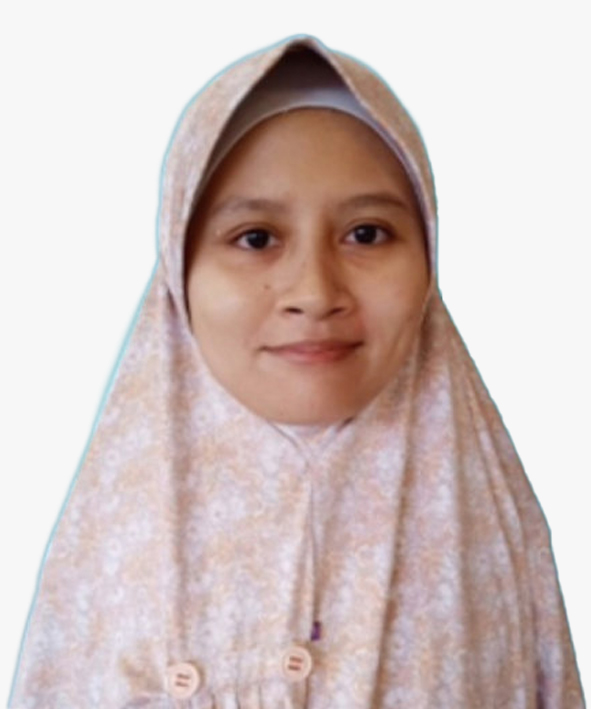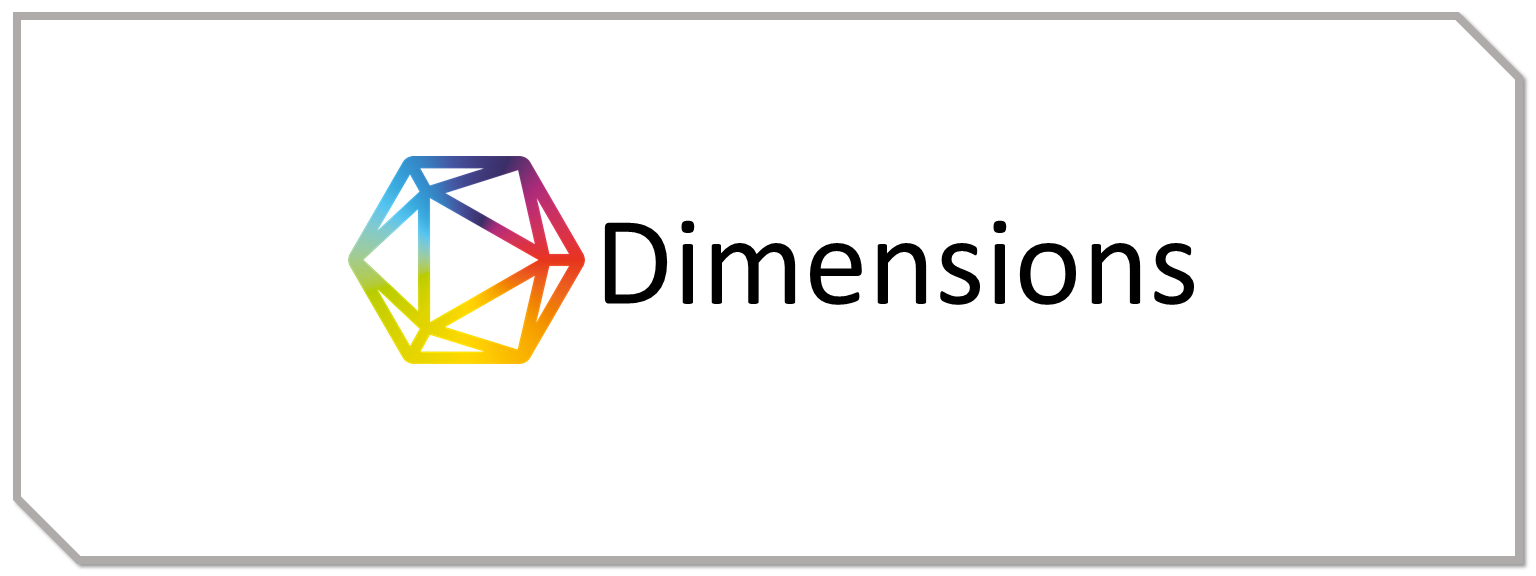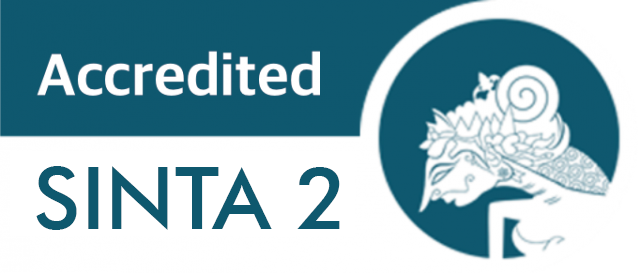The Relationship of Anxiety and Depression with the Frequency of Seizure Awakening in Epileptic Patients at Dr. Moewardi Hospital Surakarta
Introduction: Epilepsy is the most frequent neurological disorder worldwide. Epilepsy is a disease associated with stress and anxiety, not only as a result of the disease process but also as a cause of disease recurrence. Anxiety and depression also involve stress management and often overlap with epilepsy. Determine the relationship between anxiety and depression and the frequency of seizure awakening in epilepsy patients at Dr. Moewardi Hospital, Surakarta. Methods: observational using a cross-sectional design with a quantitative approach and descriptive data processing. The purposive sampling method selected the 34 study subjects. Selected subjects meet the inclusion criteria and are willing to provide informed consent. The research was conducted at Dr. Moewardi Hospital. A normality test was performed with the Spearman correlation test. Results: The analysis of the variables indicated a significant relationship between anxiety and the frequency of seizure awakenings, as evidenced by a p-value of 0.000, which is less than 0.05. A correlation coefficient value of 0.745 indicates a strong and positive relationship category. The relationship between depression and the frequency of seizure awakening was significant because the p-value was 0.000 < 0.05. The correlation coefficient value of 0.642 indicates moderate and positive relationship categories. Conclusion: There is a significant relationship between anxiety and depression and the frequency of seizure awakening in epilepsy patients at Dr. Moewardi Hospital. Anxiety and depression increase the incidence of seizure awakening in epilepsy patients at Dr. Moewardi Hospital.
INTRDUCTIONS
Epilepsy is the most frequent neurological disorder in the entire world population, affecting about 50 million people of all ages[1]. The prevalence in developing countries was found to be higher than in developed countries. Reported prevalence in developed countries ranges from 4-7/1000 people to 5-74/1000 people in developing countries. Indonesia does not yet have exact data on the prevalence of epilepsy, but based on the results of a study by the Indonesian Association of Neurologists (PERDOSSI) in 18 hospitals in 15 cities in 2013, it was estimated that there were 2,288 epilepsy patients[2].
According to the International League Against Epilepsy (ILAE), the diagnosis of epilepsy is established when a person has two seizures without cause that occur more than 24 hours, or when a person has a single, unprovoked seizure (if the risk of recurrence is high), or when the diagnosis of epileptic syndrome has been established (by a competent doctor)[3].
As a result of the disease process and as a potential cause of recurrence, epilepsy is a unique condition that is intimately associated with stress and anxiety. Stress management is also a component of anxiety and depression, and they frequently coexist with epilepsy. Either during the seizure episode or in close proximity to it, the anxiety symptom itself may manifest as an inherent feature of the seizure phenomena. The Hypothalamic Pituitary Adrenal (HPA) axis is involved in the stress and anxiety pathway, which explains how stress can deteriorate seizure control[4].
A recent meta-analysis found that anxiety and depression disorders were prevalent in epileptic patients, with 20.2% and 22.9%, respectively. In these situations, a number of studies frequently find a connection between psychiatric disorders and epilepsy. In addition to affecting the prognosis of epilepsy by being associated with more frequent seizures, comorbid anxiety and depression in epileptic patients lowers quality of life and premature death[5].
Anxiety is a personal experience of uneasiness, terror, or foreboding. While depressive mood, loss of interest or pleasure, guilt feelings, eating or sleeping difficulties, lack of energy, and difficulty concentrating are some of the symptoms of depression. Decreased levels of the neurotransmitters dopamine, norepinephrine, and serotonin are a common pathophysiology of both epilepsy and depression. The pathophysiology of anxiety and epilepsy is related to the neurotransmitter gamma-aminobutyric acid (GABA). In people with epilepsy, the inability to suppress GABA promotes epileptogenesis[6].
Based on these things, the researcher wanted to conduct a study that aimed to determine the relationship between anxiety and depression and the frequency of seizure awakening in epilepsy patients at Dr. Moewardi Hospital, Surakarta.
METHODS
The design of this study used is observational which uses a cross-sectional design with a quantitative approach, descriptive and analytical data processing. This research was carried out at the Neurological Polyclinic of Dr. Moewardi Hospital Surakarta from July to August 2023. The population is epilepsy patients undergoing outpatient treatment at the Neurological Polyclinic of Dr. Moewardi Hospital Surakarta and how to take samples by purposive sampling.
The inclusion criteria for this study are: a). Patients who have been diagnosed with epilepsy by a neurologist based on history and EEG examination results at the Neurological Polyclinic of Dr. Moewardi Hospital Surakarta, b). Epilepsy patients who undergo outpatient treatment and receive antiepileptic therapy, c). In medical conditions, the general state is good from the examination of a neurologist, d). Age 17 years and over, e). Able to speak, read, and write in Indonesian and f). Willing to fill out informed consent to become a research respondent.
Patients with Psychogenic Non-Epileptic Seizures (PNES), and c). Patients who have been or are in Psychiatric therapy. The minimum sample size of the study was obtained based on the "rule of thumb" which requires a minimum sample of 30 subjects[7].
The study's independent variables were anxiety and depression which were assessed using the Hospital Anxiety and Depression Scale (HADS) questionnaire, which consisted of 14 questions of psychopathological symptoms experienced in the past month. The measurement scale used is ordinal with anxiety score criteria (HADS-A): 0-7: normal; 8-10: borderline (there may be a tendency to anxiety); 11-21: significant anxiety. Depression score (HADS-D): 0-7: normal; 8-10: limit (there may be a tendency to depression); 11-21: significant depression. This questionnaire has been validated in Indonesian by Rudy et al., in 2015 with a Kappa coefficient of 0.706 for the anxiety scale and 0.681 for the depression scale[8].
The dependent variable is the frequency of seizure awakening which is the frequency of attacks or the number of epileptic seizures (relapses) that occur in epileptic patients[9]. Seizure awakening in this study is the number of epileptic seizures that occurred in epileptics in the last 1 month. Where the frequency of seizure awakening is said: rarely <1x a month, often 1-10x a month, often once >10x a month[9]. How to assess the frequency of seizure awakening is assessed based on direct interviews with the patient or the patient's family. Ratio scale.
After the data is collected, the data will be analyzed univariately to provide an overview of population characteristics and presentation of research results descriptively and bivariate analysis of correlation tests. Analysis using SPSS software version 26. The research has received ethical approval from the Ethics Committee of Dr. Moewardi Hospital No. 1,369/VII/HERC/2023.
RESULTS
The subjects in this study totaled 34 patients. The following are the results of the frequency
World Health Organization, Global burden of epilepsy. 2019.
P. D. S. S. Indonesia, No TitlePedoman Tatalaksana Epilepsi (K. Kusumastuti, S. Gunadharma, & E. Kustiowati, 6th ed. 2019.
S. J. Czuczwar, Stanislaw J. Czuczwar, MD, PHD. 2023.
J. Salpekar, J. A., Basu, T., Thangaraj, S., & Maguire, “The intersections of stress, anxiety and epilepsy. In International Review of Neurobiology,” Int. Rev. Neurobiol., vol. 152, pp. 195–219, 2020, doi: https://doi.org/10.1016/bs.irn.2020.02.001.
Z. et al. Wei, “No TitNetwork of depression and anxiety symptoms in patients with epilepsyle,” Epilepsy Res., 2021, doi: https://doi.org/10.1016/j.eplepsyres.2021.106696.
E. Sugandi, D. R. L. Dewi, and W. Wilson, “Hubungan antara Depresi, Cemas, dan Stres terhadap Frekuensi Bangkitan Kejang pada Pasien Epilepsi,” J. Kedokt. dan Kesehat., vol. 18, no. 2, pp. 220–228, 2022.
M. S. Dahlan, Besar Sampel Dan Cara Pengambilan Sampel. 2010.
M. Rudy, I. P. Widyadharma, and I. M. Adnyana, “Reliability Indonesian Version of The Hospital Anxiety and Depression Scale (Hads) Of Stroke Patients in Sanglah General Hospital Denpasar.” 2015. doi: 10.13140/RG.2.1.3604.5928.
T. B. Raru, B. M. Geremew, and K. S. Tamirat, “Change in the Frequency of Seizure Attacks and Associated Factors Among Adult Epilepsy Patients at Amanuel Mental Specialized Hospital (AMSH): A Generalized Linear Mixed Model (GLMM),” Neuropsychiatr. Dis. Treat., vol. Volume 17, pp. 2529–2538, Aug. 2021, doi: 10.2147/NDT.S316769.
M. N. Saefulloh, R. D. I. Astuti, W. Nurruhyuliawati, Y. Andriane, and M. K. Dewi, “Hubungan Lama Pengobatan dan Jenis Obat Anti Epilepsi dengan Derajat Depresi pada Pasien Epilepsi,” J. Integr. Kesehat. Sains, vol. 1, no. 2, pp. 157–161, Jul. 2019, doi: 10.29313/jiks.v1i2.4344.
T. W. Ekaputri Hz, L. Larassati, N. A. Verbty, and E. Kusdyah, “Karakteristik Pasien Epilepsi Di Rumah Sakit Kota Jambi Periode Januari Sampai Desember 2018,” J. Med. Malahayati, vol. 4, no. 2, pp. 112–119, 2020, doi: 10.33024/jmm.v4i2.2759.
L. J. Bonnett et al., “Risk of seizure recurrence in people with single seizures and early epilepsy – Model development and external validation,” Seizure, vol. 94, pp. 26–32, Jan. 2022, doi: 10.1016/j.seizure.2021.11.007.
K. N. Fatmi, D. Roshinta, L. Dewi, and M. In’am Ilmiawan, “The Relation of Duration of Epilepsy, Seizure Frequency and AED Adherence With Cognitive Function in Epilepsy Patients,” J. Nas. Ilmu Kesehat. , vol. 4, no. 2621–6507, p. 52, 2022.
L. H. Goldstein et al., “Performance of the GAD-7 in adults with dissociative seizures,” Seizure Eur. J. Epilepsy, vol. 104, pp. 15–21, Jan. 2023, doi: 10.1016/j.seizure.2022.11.011.
R. B. João et al., “The Relationship Between Depression and Anxiety Symptoms of Adult PWE and Caregivers in a Tertiary Center,” Front. Neurol., vol. 13, Mar. 2022, doi: 10.3389/fneur.2022.766009.
N. Kumar et al., “Depressive Symptom Severity in Individuals With Epilepsy and Recent Health Complications,” J. Nerv. Ment. Dis., vol. 207, no. 4, pp. 284–290, Apr. 2019, doi: 10.1097/NMD.0000000000000963.
F. B. S. Briggs et al., “HHS Public Access,” no. 216, pp. 1–14, 2021, doi: 10.1016/j.eplepsyres.2020.106303.Effects.
I. Rădulescu, A. Drăgoi, S. Trifu, and M. Cristea, “Neuroplasticity and depression: Rewiring the brain’s networks through pharmacological therapy (Review),” Exp. Ther. Med., vol. 22, no. 4, p. 1131, Aug. 2021, doi: 10.3892/etm.2021.10565.
S. K. Qin et al., “Exploring the association between epilepsy and depression: A systematic review and meta-analysis,” PLoS One, vol. 17, no. 12 December, 2022, doi: 10.1371/journal.pone.0278907.
W. Satria Wiwaha, J. Evy Tyaswati, R. Dewi Program Studi Pendidikan Dokter Fakultas Kedokteran Universitas Jember Jl Kalimantan no, and T. Jember, “Hubungan antara Tingkat Stres dan Frekuensi Bangkitan Pasien Epilepsi di Poli Saraf RSD dr. Soebandi Jember (The Relathionship Between Stress Levels and Frequensy of Epileptic Patient at Poli Saraf RSD dr. Soebandi Jember),” Artik. Ilm. Has. Penelit. Mhs., pp. 1–7, 2017.
Copyright (c) 2025 Trisnanti Dewi Islami, Mulia Sari, Rhomadon Apdani, Rozaq Noor Hakim, Wijaya Kusuma, Rohmaningtyas Hidayah Setyaningrum, Debree Septiawan

This work is licensed under a Creative Commons Attribution-ShareAlike 4.0 International License.
1. Copyright of this journal is possession of the Author, by the knowledge of the Editorial Board and Journal Manager, while the moral right of the publication belongs to the author.
2. The journal allows the author(s) to retain publishing rights without restrictions.
3. The articles are published under a Creative Commons Attribution Share-Alike (CC BY-SA) license. Many research funding bodies prefer the CC BY-SA license because it allows for maximum dissemination and re-use of open access materials. Users are free to share (copy, distribute, and transmit) and remix (adapt) the contribution under this license, including for commercial purposes, as long as they attribute the contribution in the manner specified by the author or licensor.
























